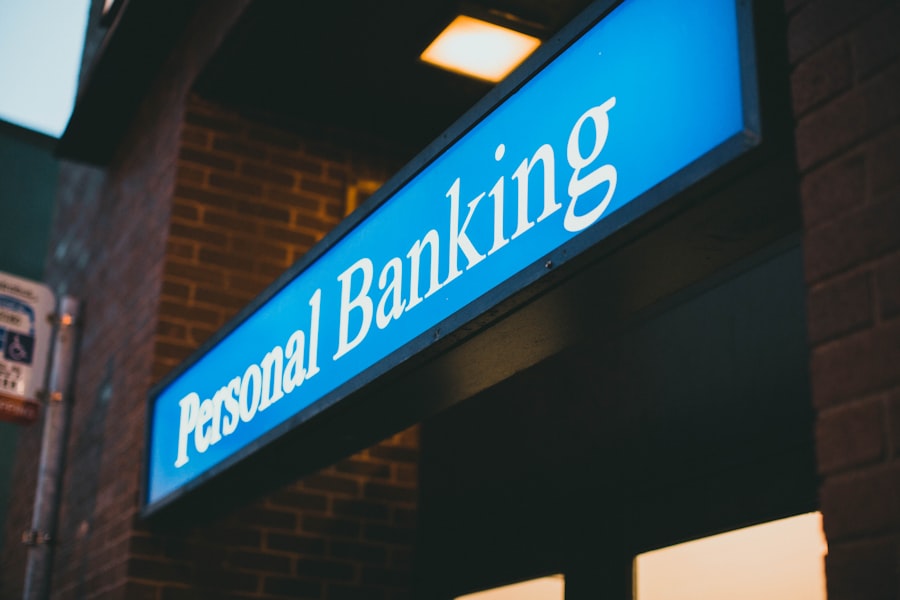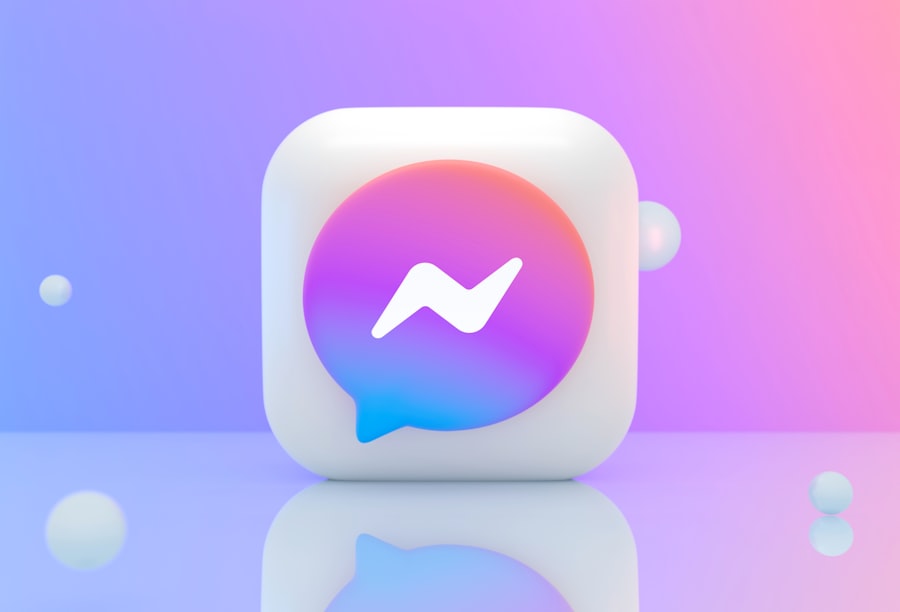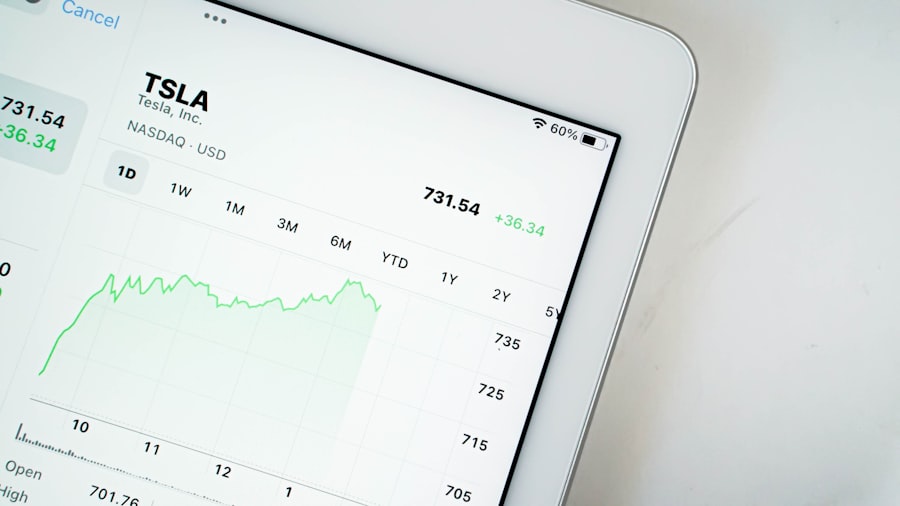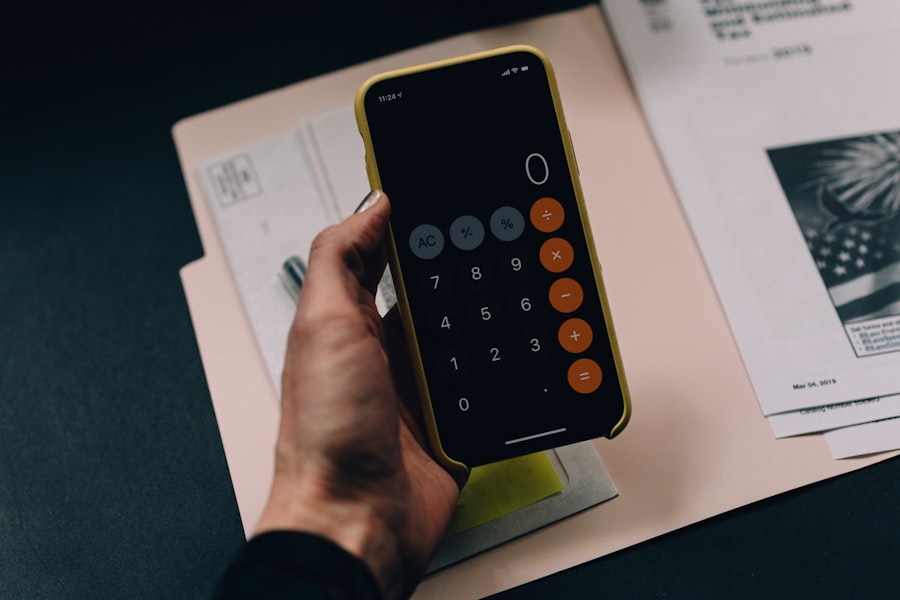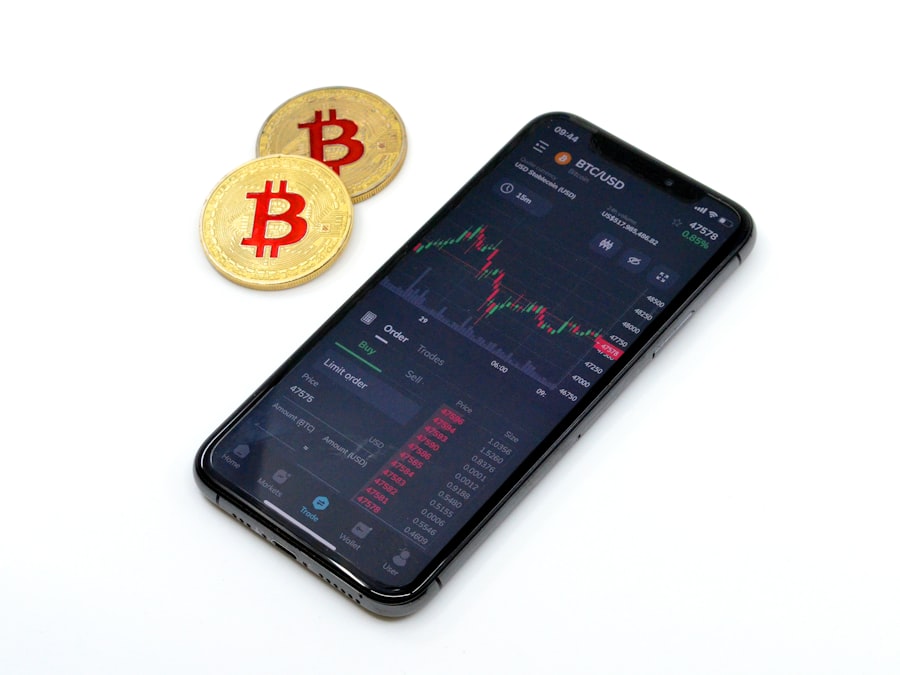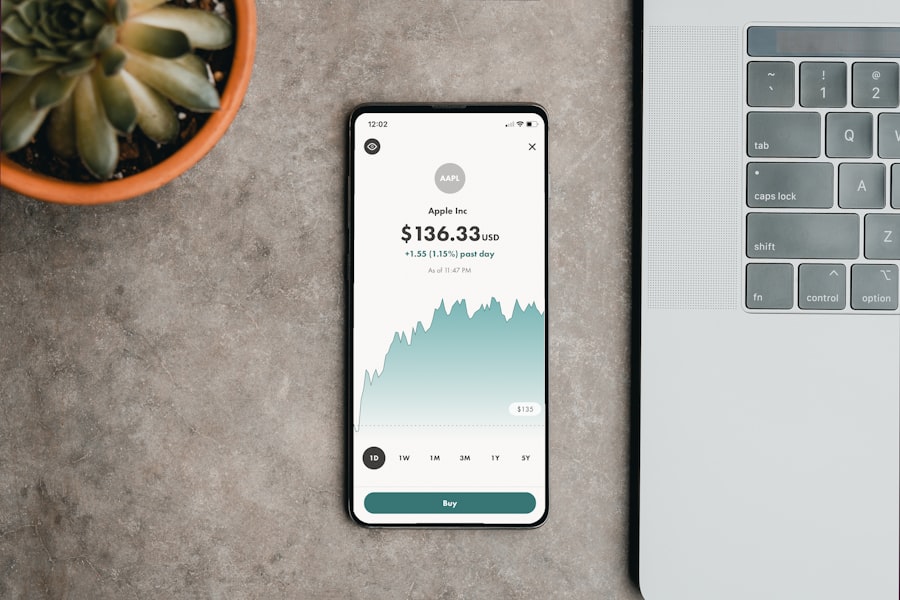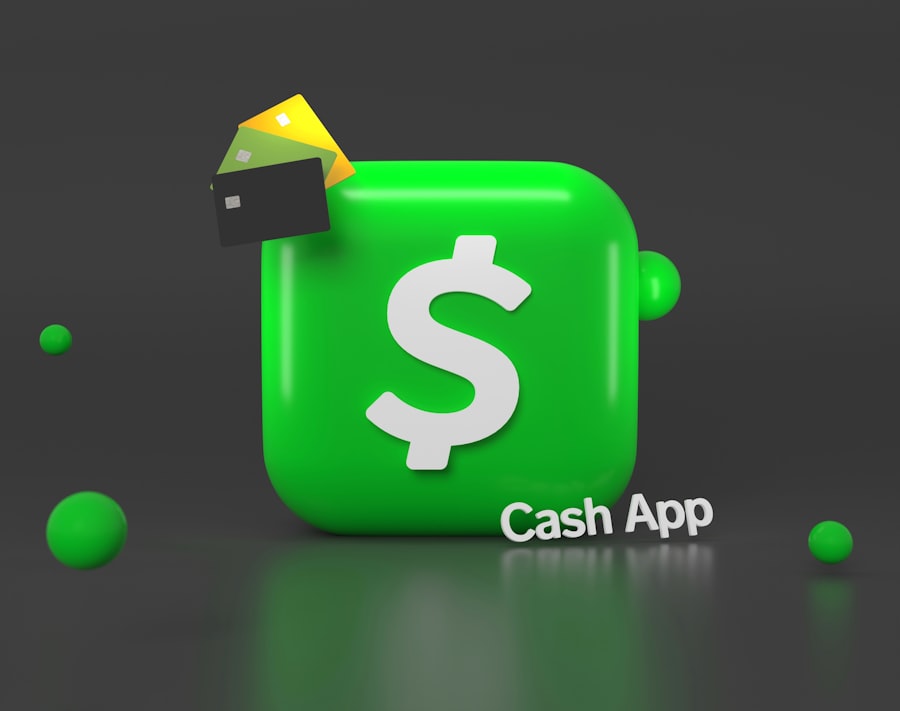Budgeting is a fundamental financial practice that serves as a roadmap for managing one’s finances effectively. It involves creating a plan that outlines expected income and expenses over a specific period, typically monthly. The primary purpose of budgeting is to ensure that individuals can meet their financial obligations while also saving for future goals.
In an increasingly complex financial landscape, where consumer debt levels are rising and economic uncertainties abound, the importance of budgeting cannot be overstated. It empowers individuals to take control of their financial situation, make informed decisions, and ultimately achieve financial stability. The process of budgeting is not merely about restricting spending; rather, it is about understanding one’s financial habits and making conscious choices that align with personal values and long-term objectives.
A well-structured budget can illuminate spending patterns, highlight areas where adjustments can be made, and provide a clear picture of one’s financial health. By engaging in budgeting, individuals can cultivate a sense of discipline and accountability, which are essential traits for achieving financial success. Whether one is saving for a major purchase, planning for retirement, or simply trying to make ends meet, budgeting serves as an essential tool in navigating the complexities of personal finance.
Key Takeaways
- Budgeting is essential for managing your finances and achieving your financial goals.
- Understanding your income and expenses is the first step in creating an effective budget.
- Setting financial goals helps you stay motivated and focused on your budgeting efforts.
- Using a budget calculator can simplify the process of creating and managing your budget.
- Tracking and adjusting your budget regularly is important for staying on track and making necessary changes.
Understanding Your Income and Expenses
To create an effective budget, it is crucial to have a comprehensive understanding of both income and expenses. Income refers to the total amount of money received from various sources, such as salaries, wages, bonuses, rental income, dividends, or any other form of earnings. It is essential to account for all sources of income to get an accurate picture of the financial resources available for spending and saving.
For instance, an individual with a full-time job may also have side gigs or freelance work that contributes to their overall income. By aggregating all income streams, one can establish a solid foundation upon which to build a budget. On the other hand, expenses encompass all the costs incurred during a specific period.
These can be categorized into fixed expenses, such as rent or mortgage payments, utilities, and insurance premiums, which remain relatively constant each month; and variable expenses, which fluctuate based on consumption patterns, such as groceries, entertainment, and dining out. Understanding these categories is vital for effective budgeting. For example, if someone spends excessively on dining out but has fixed expenses that consume most of their income, they may need to reassess their discretionary spending habits.
By meticulously tracking both income and expenses over time, individuals can identify trends and make informed decisions about where to allocate their resources.
Setting Financial Goals
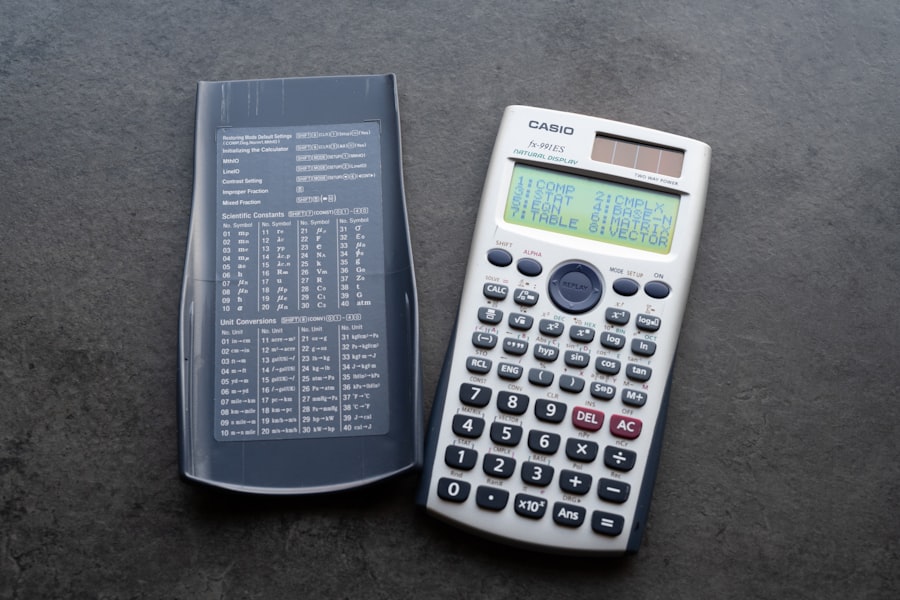
Setting financial goals is a critical step in the budgeting process that provides direction and motivation. Financial goals can be short-term, medium-term, or long-term, depending on the time frame for achieving them. Short-term goals might include saving for a vacation or paying off a small debt within a year.
Medium-term goals could involve saving for a down payment on a house or funding a child’s education over the next five years. Long-term goals often encompass retirement planning or building substantial wealth over several decades. By categorizing goals based on their time frames, individuals can prioritize their financial efforts and allocate resources accordingly.
When setting financial goals, it is essential to ensure they are SMART: Specific, Measurable, Achievable, Relevant, and Time-bound. For instance, instead of stating a vague goal like “I want to save money,” one could articulate a more specific goal such as “I want to save $5,000 for a vacation by December 2024.” This clarity not only makes it easier to track progress but also enhances motivation as individuals can see how close they are to achieving their objectives. Additionally, aligning financial goals with personal values can foster a deeper commitment to the budgeting process.
For example, if someone values travel and experiences over material possessions, they may prioritize saving for trips rather than spending on luxury items.
Using a Budget Calculator
| Category | Metrics |
|---|---|
| Income | Total monthly income |
| Expenses | Total monthly expenses |
| Savings | Monthly savings amount |
| Debts | Total monthly debt payments |
In today’s digital age, budget calculators have emerged as invaluable tools for simplifying the budgeting process. These online resources allow individuals to input their income and expenses to generate a clear overview of their financial situation. Budget calculators often come equipped with features that enable users to categorize expenses, set savings goals, and even project future financial scenarios based on different spending habits.
By utilizing these calculators, individuals can save time and reduce the complexity associated with manual budgeting methods. For example, many budget calculators allow users to visualize their spending through pie charts or bar graphs, making it easier to identify areas where adjustments may be necessary. If someone discovers that they are allocating a significant portion of their budget to entertainment while neglecting savings or essential expenses, they can make informed decisions about where to cut back.
Furthermore, some advanced budget calculators offer features like expense tracking and reminders for bill payments, which can help individuals stay organized and avoid late fees. By leveraging technology in this way, individuals can enhance their budgeting efforts and gain greater control over their financial futures.
Tracking and Adjusting Your Budget
Tracking expenses is an ongoing process that requires diligence and commitment. Once a budget has been established, it is essential to monitor actual spending against the planned budget regularly. This practice not only helps individuals stay accountable but also provides insights into spending habits that may need adjustment.
Many people find it beneficial to review their budgets weekly or monthly to assess whether they are on track to meet their financial goals. This regular check-in allows for timely adjustments if certain categories are consistently overspent or underspent. Adjusting a budget is not a sign of failure; rather, it reflects an adaptive approach to personal finance.
Life circumstances can change unexpectedly—such as job loss, medical emergencies, or changes in family dynamics—requiring individuals to reassess their budgets accordingly. For instance, if someone experiences a decrease in income due to unforeseen circumstances, they may need to cut back on discretionary spending or find alternative sources of income to maintain financial stability. Conversely, if an individual receives a raise or bonus, they might choose to allocate additional funds toward savings or debt repayment.
The key is to remain flexible and responsive to changing financial situations while keeping long-term goals in sight.
Tips for Saving and Investing

Saving and investing are integral components of sound financial management that go hand in hand with effective budgeting. One of the most straightforward tips for saving is the “pay yourself first” strategy. This approach involves setting aside a predetermined amount of money for savings before addressing any other expenses.
By treating savings as a non-negotiable expense—similar to rent or utilities—individuals can build their savings more effectively over time. Automating this process through direct deposits into savings accounts can further enhance consistency and reduce the temptation to spend those funds. Investing is another crucial aspect of building wealth over time.
While saving provides a safety net for emergencies and short-term goals, investing allows individuals to grow their wealth through various vehicles such as stocks, bonds, mutual funds, or real estate. Understanding one’s risk tolerance is essential when considering investment options; some individuals may prefer conservative investments with lower returns but less volatility, while others may be willing to take on higher risks for potentially greater rewards. Diversification—spreading investments across different asset classes—can also mitigate risk and enhance overall portfolio performance.
By combining disciplined saving with strategic investing, individuals can work toward achieving long-term financial independence.
Dealing with Debt
Debt management is an essential aspect of personal finance that requires careful consideration within the budgeting framework. Many individuals find themselves grappling with various forms of debt—credit card balances, student loans, mortgages—each with its own implications for financial health. The first step in dealing with debt is understanding its nature: interest rates, minimum payments, and repayment terms all play significant roles in determining how quickly one can pay off debts.
Creating a debt repayment plan that prioritizes high-interest debts can help minimize overall interest costs while accelerating the path toward becoming debt-free. One effective strategy for managing debt is the snowball method, where individuals focus on paying off the smallest debts first while making minimum payments on larger debts. This approach can provide psychological benefits by generating quick wins that motivate individuals to continue their debt repayment journey.
Alternatively, the avalanche method targets debts with the highest interest rates first, potentially saving more money in interest payments over time. Regardless of the chosen strategy, maintaining open communication with creditors can also be beneficial; negotiating lower interest rates or exploring repayment options may provide additional relief during challenging financial times.
Resources for Financial Education
In an era where financial literacy is increasingly recognized as vital for personal success, numerous resources are available to enhance one’s understanding of budgeting and personal finance. Online platforms such as Khan Academy offer free courses covering various financial topics—from basic budgeting principles to advanced investment strategies—making education accessible to anyone willing to learn. Additionally, many local libraries provide books and workshops focused on personal finance management that cater to different skill levels.
Financial advisors can also serve as valuable resources for those seeking personalized guidance tailored to their unique situations. These professionals can help individuals navigate complex financial decisions—such as retirement planning or investment strategies—while providing insights based on years of experience in the field. Furthermore, community organizations often offer free financial counseling services aimed at helping individuals develop better money management skills and achieve their financial goals.
By leveraging these resources and committing to continuous learning about personal finance, individuals can empower themselves to make informed decisions that lead to lasting financial well-being.
If you’re exploring options for a budget calculator free of charge, you might also be interested in discovering some of the best budget planner apps available today. A related article that could provide valuable insights is titled “What is a Good Budget Planner App?” and it delves into various features and benefits of using a budget planner app to manage your finances effectively. You can read more about it by visiting this link. This article can help you understand how a budget planner app can complement your use of a budget calculator, offering a comprehensive approach to financial management.
FAQs
What is a budget calculator?
A budget calculator is a tool that helps individuals or businesses track their income and expenses to create a comprehensive budget plan.
How does a budget calculator work?
A budget calculator typically requires users to input their sources of income and various expenses, such as bills, groceries, and entertainment. The calculator then calculates the total income, total expenses, and the difference between the two, providing a clear overview of the user’s financial situation.
Why use a budget calculator?
Using a budget calculator can help individuals or businesses gain better control over their finances by identifying areas where they can save money, prioritize spending, and plan for future expenses.
Where can I find a free budget calculator?
There are many free budget calculators available online through financial websites, apps, and software. These tools can be accessed and used for free without the need for any subscriptions or payments.
What are the benefits of using a budget calculator?
Some benefits of using a budget calculator include gaining a clear understanding of one’s financial situation, identifying areas for potential savings, and creating a realistic and achievable budget plan.


